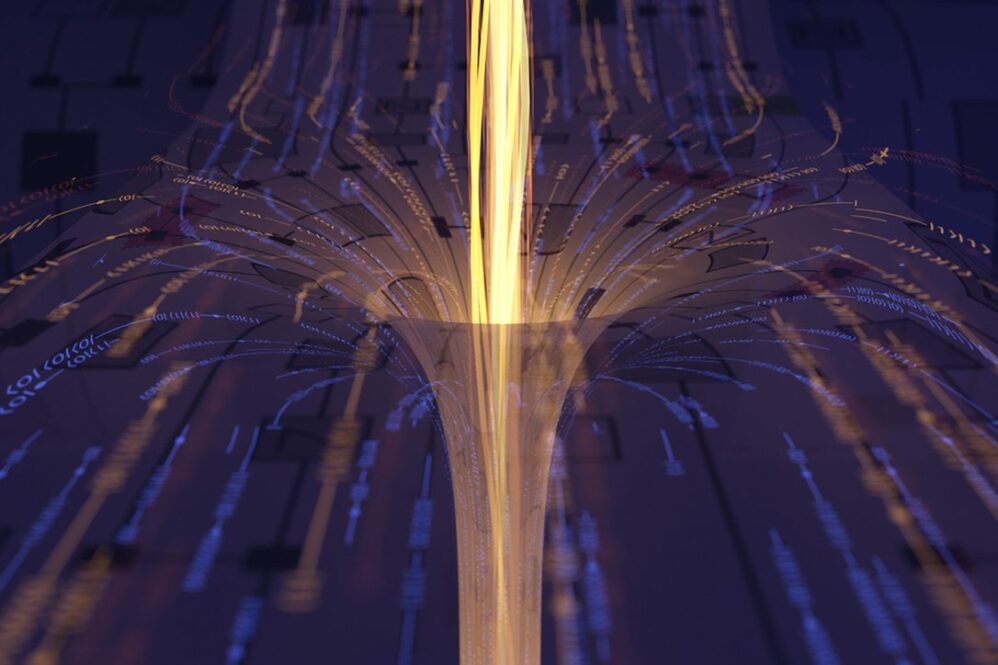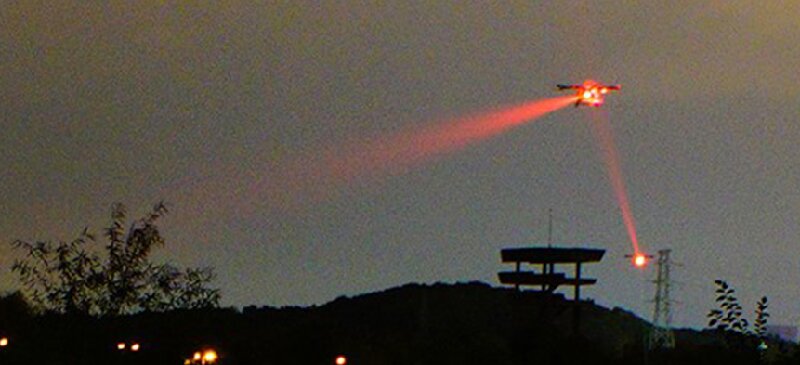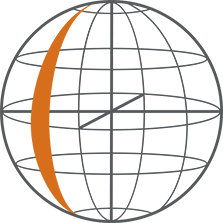Scientists have, for the first time, developed a quantum experiment that allows them to study the dynamics, or behavior, of a special kind of theoretical wormhole. The experiment has not created an actual wormhole (a rupture in space and time), rather it allows researchers to probe connections between theoretical wormholes and quantum physics, a prediction of so-called quantum gravity. Quantum gravity refers to a set of theories that seek to connect gravity with quantum physics, two fundamental and well-studied descriptions of nature that appear inherently incompatible with each other.
The research has been published in the journal Nature. The study’s first authors are Daniel Jafferis of Harvard University and Alexander Zlokapa (BS ’21), a former undergraduate student at Caltech who started on this project for his bachelor’s thesis with Spiropulu and has since moved on to graduate school at MIT.
Wormholes are bridges between two remote regions in spacetime. They have not been observed experimentally, but scientists have theorized about their existence and properties for close to 100 years. In 1935, Albert Einstein and Nathan Rosen described wormholes as tunnels through the fabric of spacetime in accordance with Einstein’s general theory of relativity, which describes gravity as a curvature of spacetime. Researchers call wormholes Einstein-Rosen bridges after the two physicists who invoked them, while the term “wormhole” itself was coined by physicist John Wheeler in the 1950s.
The notion that wormholes and quantum physics, specifically entanglement (a phenomenon in which two particles can remain connected across vast distances), may have a connection was first proposed in theoretical research by Juan Maldacena and Leonard Susskind in 2013. The physicists speculated that wormholes (or “ER”) were equivalent to entanglement (also known as “EPR” after Albert Einstein, Boris Podolsky [PhD ’28], and Nathan Rosen, who first proposed the concept). In essence, this work established a new kind of theoretical link between the worlds of gravity and quantum physics.
Reference : Daniel Jafferis, Alexander Zlokapa, Joseph D. Lykken, David K. Kolchmeyer, Samantha I. Davis, Nikolai Lauk, Hartmut Neven, Maria Spiropulu. Traversable wormhole dynamics on a quantum processor. Nature, 2022; 612 (7938): 51 DOI: 10.1038/s41586-022-05424-3




